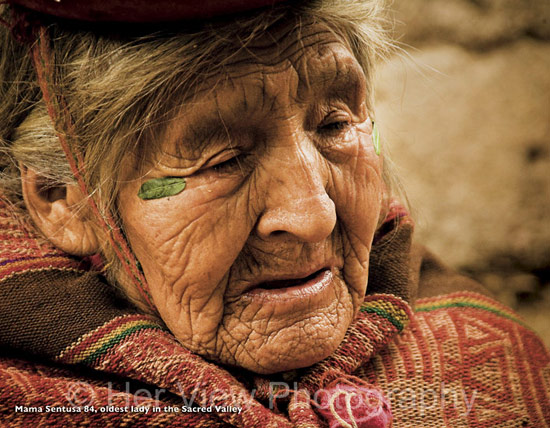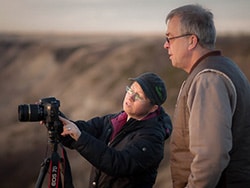Story of my journey to Peru 2007
Finally after dragging our school supplies around we arrived at their destination – Path of the Heart Restaurant, in Ollantaytambo. The lady that founded the charity calls it a restaurant so the people that come there can still keep their pride and not feel like they are begging. We spent an entire day there cooking with the staff, sorting school supplies and getting ready for the 100 or so kids we expected for lunch. We were not ready for what we experienced! Well over 180 kids arrived and we actually had to close the doors as we hit overflow and had nowhere else to put any more. I’ve never seen anything like it. Washi learned a new word in English that day “chaos”!

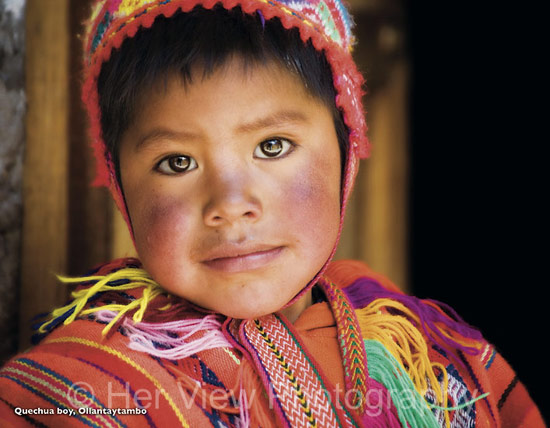
Well organized chaos it was though, as we worked as a team to pass the meals from kitchen to lunchroom, making sure that not one single child was missed. It was heart warming to see the older kids pass the meals down to younger ones to make sure they got some first. There was no greed, no grabbing, just patience. Not being able to speak the same language didn’t stop us all from being a great team, including the kids who passed their dishes back to us when they’d finished.
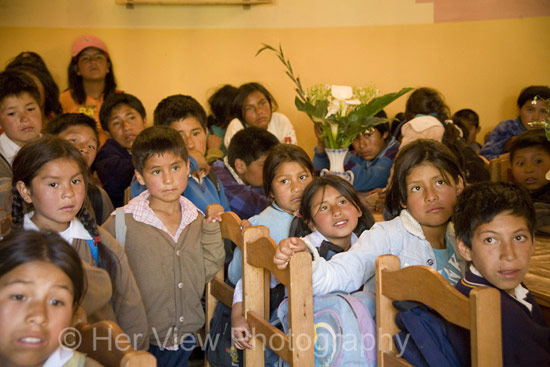
We even had two children spontaneously, without speaking a word of neither English nor Spanish – start helping us sort the school supplies and cut the erasers in half so there’d be enough to go around. Quechua are the native mountain people, direct descendants of the Incas. It was an amazing thing to see that happen, all with just smiles and head nods. We felt honoured to eat with the staff after it was all done and I can say for many of us, it was the BEST meal we had in Peru. It was created with so much love, that we felt truly that love does make the world go around and we really made a difference that day in the lives of so many. The hugs and thank you’s we collected will live in my heart forever. That day was the highlight of the trip for many of us, including myself.
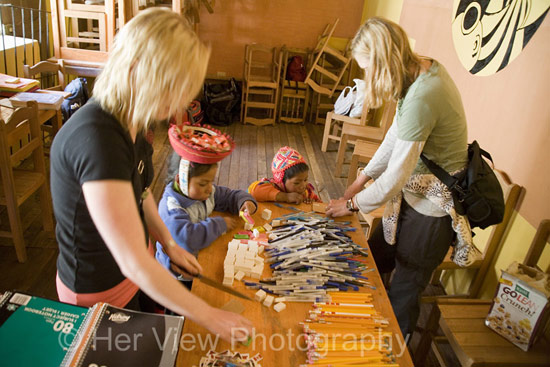
However, we were not done with our philanthropic activities. For our next venture we drove high up into the hills to a small village called Willoq, situated about 14,000 feet above sea level. We were dropped off above the village and we hiked the couple miles or so back down, just as the locals do many times a week or day. Washi’s team had already arrived with a truck full of supplies, and the staff we previously worked with had begun making hot chocolate to be served to 500+ kids that were steaming in from every visible direction.
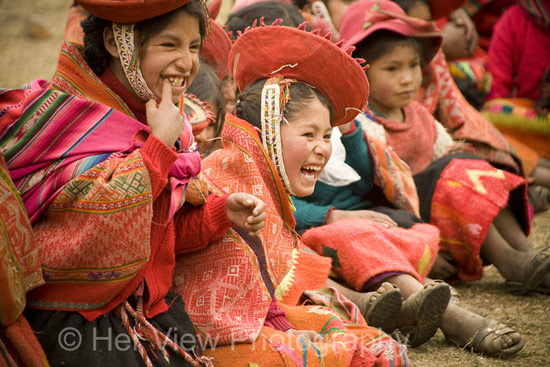
Our next task was not an easy one for a few reasons. Washi had purchased about 500 pairs of new sandals with the money we had raised, and our job was to find feet to fit them in an orderly fashion. The kids sat patiently in the circle he arranged them in, while we frantically went from child to child with arms full of shoes, trying to find a match. I felt like I was searching for Cinderella, and each one of those girls was a beautiful princess in my eyes. Again the older ones assisted their younger siblings first, making sure they got a shiny new pair. They outgrow them so fast and can’t afford to buy any.

The second hard part of this task was seeing their poor sunburnt, callused, cut, infected, insect bitten, scratched, sometimes swollen and diseased little feet. So young, and yet such hardships already endured. They wear no socks and the little sandals made of recycled tires, which cost about one dollar, are little protection from the elements and hiking mountains in the harsh environment. It was heart breaking to see, and yet at the same time uplifting to see their spirits soar as they received their new shoes. I watched one girl proudly wash hers in the creek to make them shinier.
We served the hot chocolate afterwards to the throng of waiting kids and mothers. It is a great treat for them, along with the bread we passed out. But for myself and the other women, it was bittersweet when we returned to our yoga retreat with deluxe accommodations and a fabulous four course vegetarian dinner. As usual, it was way more food than we could eat, and we all felt a huge amount of guilt sitting there eating that meal, when we knew so many others, so nearby, had so little. We did what we could that day – but the memory of their faces and their little feel is forever emblazoned into my memory.
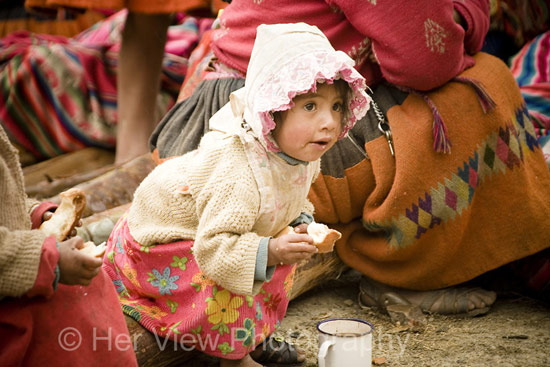
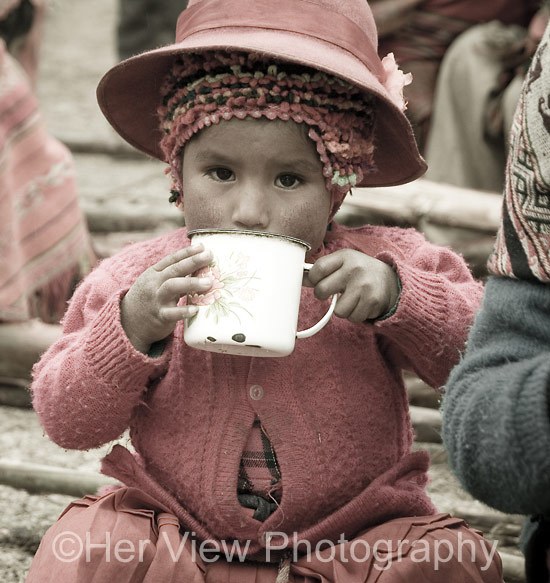
Our excursion to the hills also allowed us to meet Mama Sentusa. At 84 she is the oldest lady in the Sacred Valley. The average life expectancy there is only about 53 years. It is a very hard life, and we witnessed that first hand as we viewed Mama’s home which was built over 200 years ago of clay bricks, rocks, a dirt floor and a straw roof. She is almost blind and like most in the area, only gets healthcare when the workers come to the village once a year, or when Washi comes and takes her to Ollantaytambo. Many people there have never left their village.
